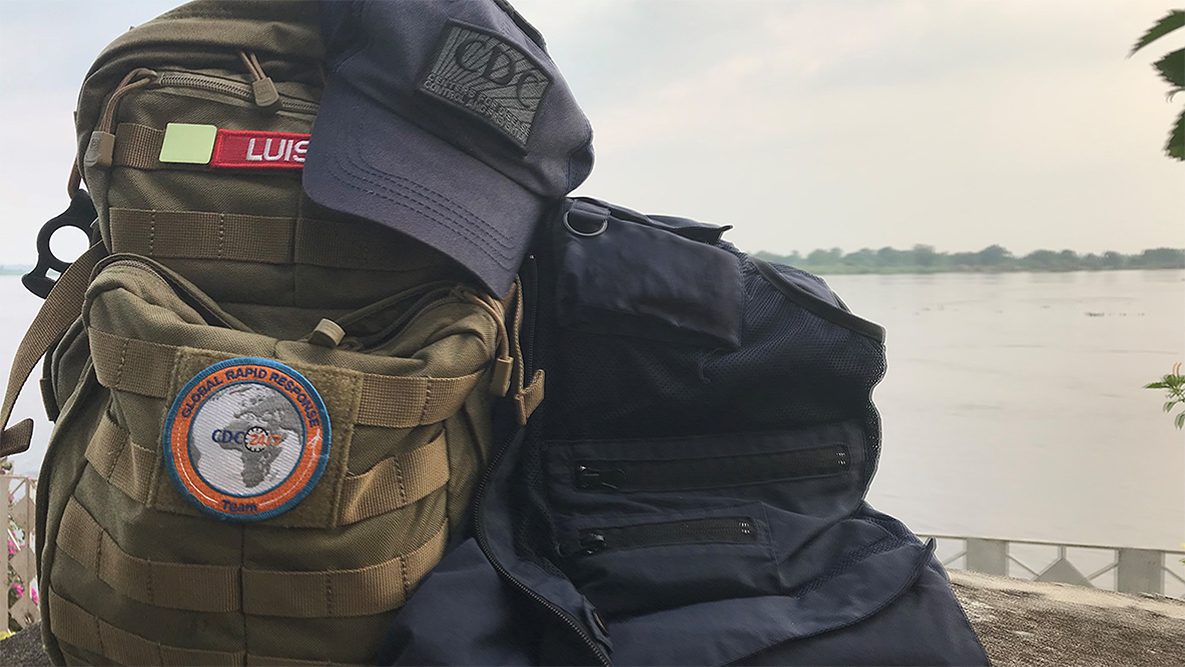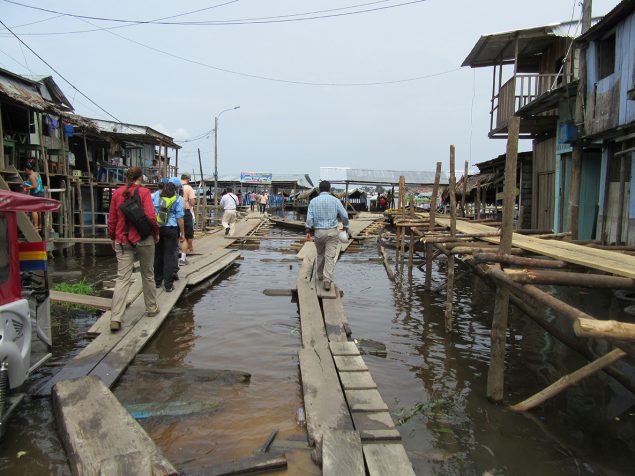Respond rapidly and effectively to biological threats of international concern.

CDC’s Global Rapid Response Team (GRRT) mobilizes quickly to address critical needs that arise from disease outbreaks, at home or overseas, and to stop them at their source.
Action Package Results—CDC-Supported Achievements in 17 Priority Countries
Emergency Operation Centers (EOCs)
- 15 Countries
- 2.2 Billion Total Population
Results: Countries training emergency management specialists and experts to support a well-functioning EOC.
Why it matters: EOCs bring together experts and stakeholders to efficiently and effectively coordinate response to an emergency or public health threat.
Public Health and Law Enforcement
- 8 Countries
- 469 Million Total Population
Results: Countries using law as a tool to build public health capacities and strengthen GHSA/IHR implementation.
Why it matters: Law can be used as an effective tool to build public health capacities. Understanding the legal landscape and updating public health laws help people work effectively together in a common language.
Medical Countermeasures
- 7 Countries
- 2.1 Billion Total Population
Results: Countries improving planning for logistics to deploy staff, medicines, and or supplies during a public health emergency.
Why it matters: During a public health emergency, countries need medications, vaccines, or personal protective equipment. Putting systems in place before an emergency strikes is critical to preventing delays in patient care.

CDC disease detectives in Iquitos, Peru, prepare for mosquito collection, as they work to track and understand the Zika virus.
CDC’s Contributions in Response
- Establish public health emergency operations centers (EOCs) to serve as a centralized location in partner countries to efficiently and effectively respond to a crisis
- Develop technical expertise and capacity needed for countries to lead their own effective responses to public health threats
- Establish and strengthen CDC rapid response teams that can mobilize quickly to address the critical and diverse needs and priorities that arise from infectious disease outbreaks
What Remains to Be Done?
Successful capacity building efforts are ongoing for public health emergency management programs housed within countries’ new EOCs. Through 2017, 15 of 17 GHSA Phase 1 countries have participated in CDC’s public health emergency management training efforts. Without trained personnel and the necessary plans, procedures, protocols, and policies to enable well-informed and timely decision-making during an emergency, EOCs cannot respond and mitigate threats to global health security. Additionally, only 3 of 17 GHSA Phase 1 countries have adequate communications equipment in their national emergency operations centers. The lack of adequate communications equipment limits real-time coordination and public health action between local public health officials and national-level decision-makers in country, while hampering coordination with neighboring countries and the international public health community. CDC is working with countries to develop EOC infrastructure and equipment, implement sustainable models for EOC operations, and assist with training current and new EOC staff to activate and manage emergency responses.
- Page last reviewed: November 8, 2018
- Page last updated: November 8, 2018
- Content source:
Global Health
Notice: Linking to a non-federal site does not constitute an endorsement by HHS, CDC or any of its employees of the sponsors or the information and products presented on the site.


 ShareCompartir
ShareCompartir